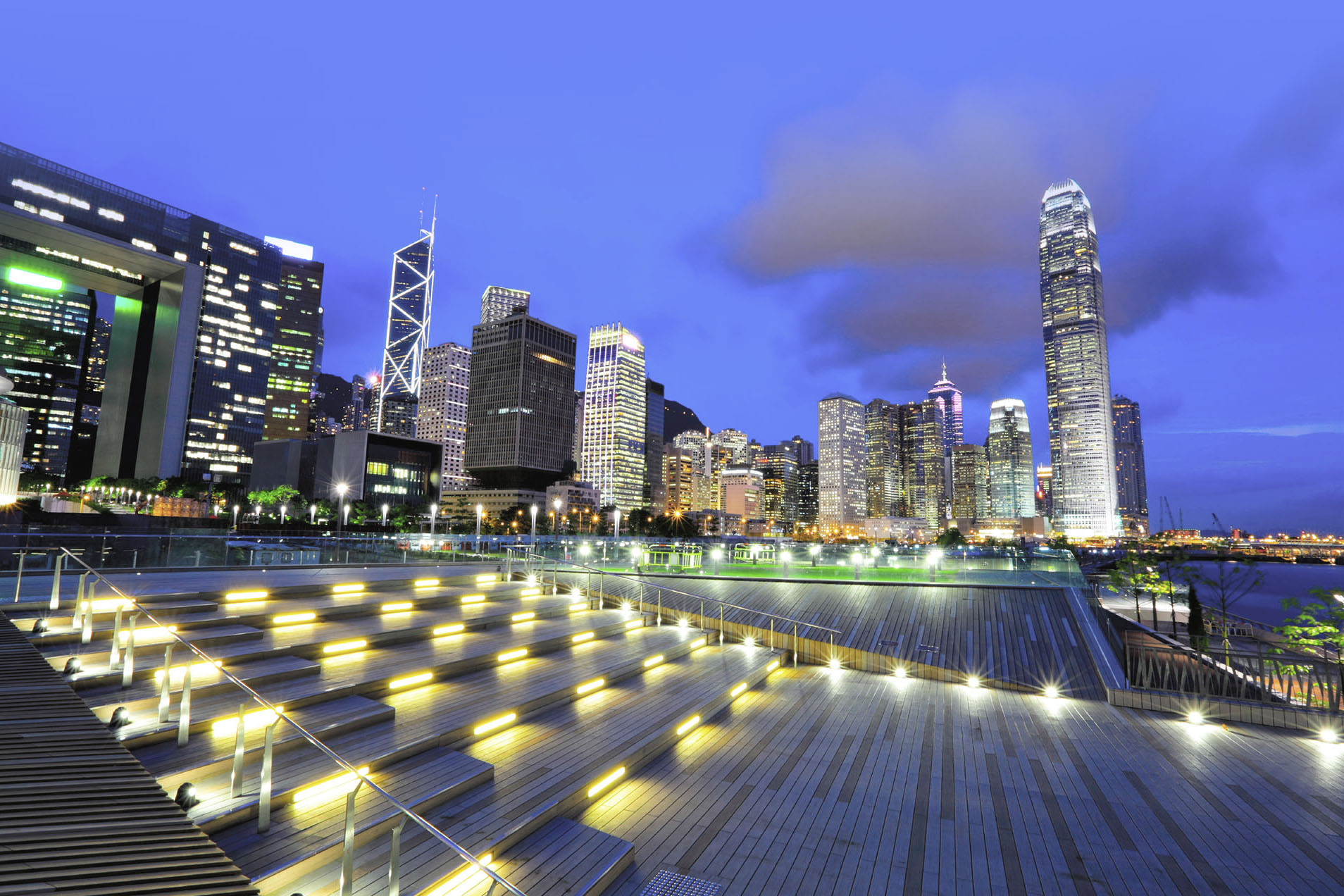Latest Design Trends of Healthy Workplace? – Let’s start with government buildings
In recent years, the building sector is facing a number of disrupting trends, the rapid development of BIM, the advent of AI technology, even 3D printing for construction use—most of the trends are technology driven, except one, health and wellbeing in built environment, though it is still intertwined with technology. It comes as no surprise as we spend almost 90% of our time indoor. To put things into perspective, on average, staff costs would account for 90% of the typical business operating costs over the building lifecycle, according to the study by World Green Building Council. There is growing evidence showing the links between design and occupants' health, wellbeing and productivity. Hence, design for better health and wellbeing outcomes should be a legitimate concern for every organisation, be they having their own premises, or renting an office space.
The World Green Building Council (WGBC) published a report in 2016, titled “Building the business case: Health, wellbeing and productivity in green offices”, which came up with the Offices Metrics Framework for measuring health, wellbeing and productivity of green offices. The report highlighted 8 environmental elements to consider in office design, including indoor air quality, thermal comfort, daylighting and lighting, noise and acoustics, interior layout and active design, biophilia and views, look and feel, and finally, location and access to amenities. The business case for green office design is ascertained by real cases demonstrating improvements in 6 economic measures, comprising absenteeism, staff turnover and retention, medical costs, revenue or productivity, medical complaints as well as physical complaints.
It is worth checking out what the big players are doing. Arguably, the Hong Kong government is the biggest employer in Hong Kong, with 166,600 people working in the civil service, which translates to approximately 5% of the 3.9 million working population of the city. As the major player in the labour market, the government is well-positioned to lead by example in creating healthier workplace.
Among all occupations, certainly not all are equal in the amount of work stress. The Forbes magazine listed the 10 most stressful occupations, not surprisingly, the fire fighters and the police officers come in the 2nd and 4th place. For the first time in Hong Kong, a police station and a fire station are built with sustainability in mind. In addition to saving energy and other resources, the two buildings create a more pleasant and healthier environment for their staff. The Reprovisioning of Yau Ma Tei Police Station achieved Final Gold rating under BEAM Plus New Buildings. The building boosts extensive greenery with native species at the ground level, on the exterior walls and sky gardens, while active design is incorporated through the glass-partitioning staircases to promote walking. Likewise, Kai Tak Fire Station achieved the Final Platinum rating under BEAM Plus New Buildings, boasting a stunning green coverage covering 43% of the site area, including green walls and roofs to soften the large building bulk adjacent to the Kwun Tong Bypass and to serve as a relaxation space for fire fighters.
Indeed, healthy offices are often associated with the provision of greenery, nevertheless the importance of lighting quality should also be highlighted. After all, in a dense urban environment like Hong Kong, gaining access to natural daylight can be a luxury. Is it worth going the extra mile? Researchers say it is. Access to daylight in an office building will enhance the quality of one’s sleep at night by attuning the circadian rhythm of the human body. The West Kowloon Law Courts Building showcases ways of utilising natural daylight. Located next to the West Kowloon Corridor, the building boasts a design which embraces natural daylight and makes use of daylight sensors to ensure a comfortable lighting environment. Light pipes are also installed to bring natural daylight into the interior of the library, which further reduces the energy consumption for lighting. The project has attained the Final Gold rating under BEAM Plus New Buildings.
_EU_Main Visual_1880pxH.jpg)
Hospital Authority Building
Finally, perhaps no one would argue the need for good indoor air quality, particularly during the peak season of winter flu. The Hospital Authority Building showcased the best practice of managing an existing building. The project scored an Excellent grade under Energy Use aspect of BEAM Plus Existing Buildings, thanks to its use of CO2 sensors to ensure sufficient fresh air supply for better air quality and ventilation.
Creating healthier workplace is only one of the many benefits of green buildings, ultimately green buildings save more resources and help Hong Kong to become more sustainable. As one of the government initiatives to achieve the carbon intensity reduction target, most of the new government buildings would achieve at least BEAM Plus Gold rating. As of January 2018, more than 80 government projects have undergone BEAM Plus assessments.
Assessed by BEAM Society Limited (BSL) and certified by the Hong Kong Green Building Council (HKGBC), BEAM Plus assessment is the Hong Kong’s leading initiative to offer independent assessments of building sustainability performance since its launch in 2010. To find out more BEAM Plus Platinum and Gold projects, please visit BEAM Plus Online Exhibition:
Discover more




_Main Visual.jpg)

_Main Visual_updated_1920px_chopped.jpg)
